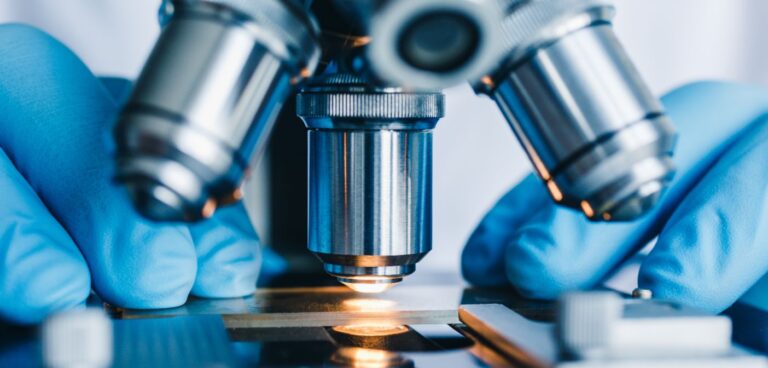Researchers led by a team at Cardiff University have released a new study into a method of controlling the shape of tiny particles about 10% as wide as a single human hair, known as nanofaceting.
The process transforms the structure of microscopic semiconductor materials, known as quantum dots.
Some of the key areas of opportunity for industry include optimising optoelectronics, energy harvesting, photonics and biomedical imaging technologies, according to the Cardiff University team.
The research was funded by the Engineering and Physical Science Research Council (EPSRC) and published in Nano Letters, and showed the manipulation of quantum dots into a variety of shapes called nanocrystals.
The range of potential structures includes olive-like structures to complex truncated octahedra, with the international team of researchers saying these nanocrystals have particular optical and electronic properties, meaning they are useful for cross-sector applications.
Dr Bo Hou, a senior lecturer at Cardiff University’s School of Physics and Astronomy and study lead, said: “Quantum dots have the potential to revolutionise a number of industries because of the theoretically limitless efficiencies they offer.
“Our study is a significant step forward in the adoption of quantum dots technology across a wide range of energy and lighting industry applications.
“With further development, we might imagine the truncated octahedra we manufactured being used for energy harvesting in solar cells, improving efficiencies beyond the capabilities of current technologies which sit at around 33%.
“Likewise, our nanocrystals might be used for biomedical imaging, where inefficiencies and instabilities are currently limiting their use in diagnoses and drug delivery. So, these technologies really are the future and for our work to play a part in accelerating their application is really exciting.”
The work is being carried out at Cardiff University’s new Translational Research Hub (TRH), where they oversaw the growth of compound semiconductor nanocrystals in solvent and monitored their development in real time using computer simulations and microscopic technology.
Further stages of the project will include developing image sensors and low-carbon footprint LEDs, which could enable industry to utilise the quantum dot nanocrystals as part of a range of technologies.









